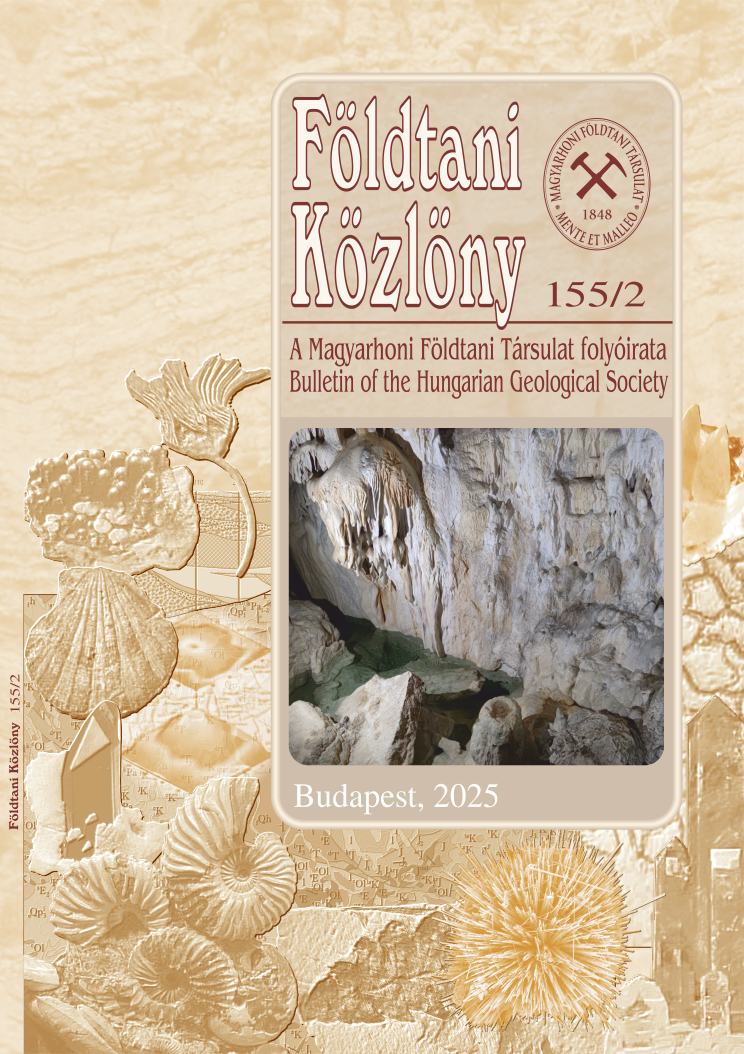Pleistocene uplift history of the Buda Hills (Hungary), using uranium-series dating of cave rafts
Abstract
At and upstream of Budapest, the River Danube cuts through the emerging Hungarian Mountain Range. In this
setting, incision rates are taken as an approximation of uplift rates. In the Rózsadomb area of Budapest more than a
hundred thermal-karstic caves can be found. One of the largest, the Pál Valley Cave was formed in Eocene Szépvölgy
Limestone. The genesis of the cave is interpreted as being the result of mixture corrosion along tectonic fractures at or
close to the karstwater level. Uplift of the cave and associated relative subsidence of the base level moved the zone of
mixture corrosion, leading to the formation of a large vertically stacked cave system. Precipitation from the saturated
parts of the karst water resulted in systematically older crystal assemblages at higher altitudes.
The Pál Valley Cave is exceptionally rich in speleothems, mainly in the form of carbonate and sulphate minerals. Cave
rafts are considered as good indicators of paleo-karstwater levels because they are formed at karstwater level. The latter
is assumed to be strongly controlled by the base level of erosion, represented by the River Danube near the Buda Hills.
Karstwater is devoid of thorium but contains uranium and this is also true for its precipitations (such as cave rafts). Thus
their age can be easily determined from the decay equation. Knowing the age and present-day position (i.e. the altitude
above the Danube or the base level) of the cave rafts, uplift rates were estimated.
Samples from different altitudes in the Pál Valley Cave were collected and analyzed. The dating method is based on 234U/230Th measurements using ICP-MS analysis, allowing small sample quantities and an upper limit of age
determination at cca. 400–500 ka. Considering these assumptions, the obtained ages suggest a periodic uplift history of
the Buda Hills for the last 500 ka. Between 500 and 310 ka, a stagnation of the karstwater level due to slow uplift
characterized the area. Data seem to confirm an accelerated uplift from 310 ka onwards. Using published ages for the
period 280–70 ka, an average uplift rate of 0.16 mm/y was calculated. However, the reliability of this estimate is limited
due to the lack of datable materials at the corresponding cave levels.











